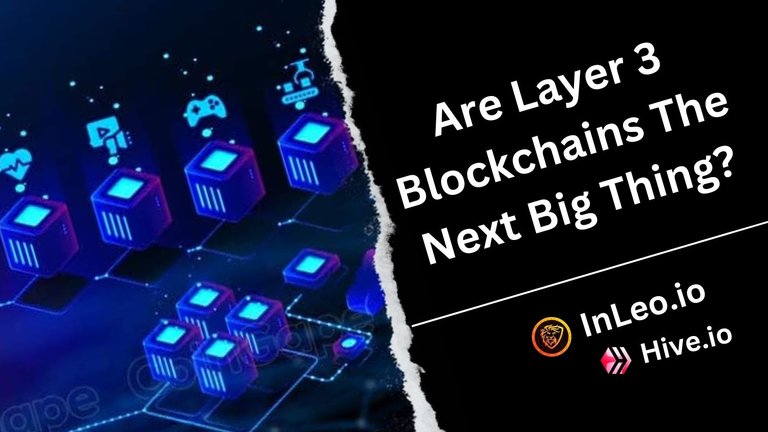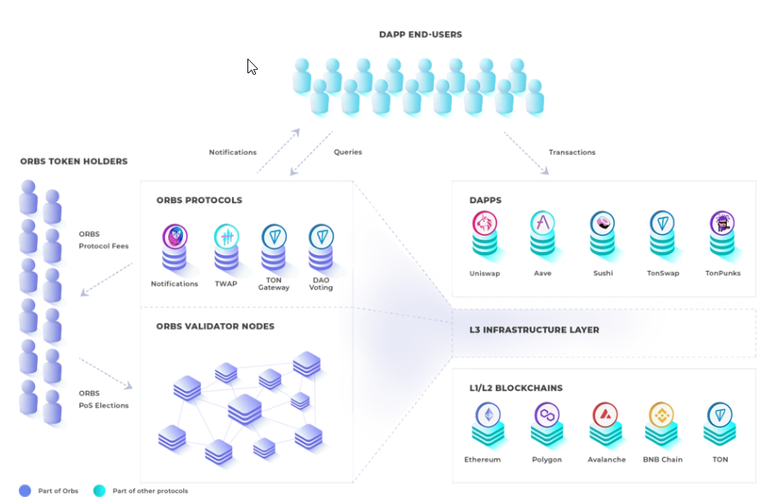
There was once a time when there where only layer 1 blockchains. I know I lived through it! lol There was mainly Dash, Ethereum, Bitcoin and Litecoin and for a long while there was only Bitcoin and Litecoin. The options were very limited and once upon a time Litecoin was considered the silver standard to bitcoin being the gold standard. Boy has that changed over the years!
Layer 2 Blockchains
Layer 2 blockchains are smaller blockchains that run off of the main core. We see this the most happening with Ethereum but there are now other blockchains that do this.
Some of the most popular as of late have been Polygon for example which is a layer 2 token that helps Ethereum scale. This is done by taking care of many smaller micro transactions, building them into a block and then pushing that block to Ethereum. This allows the layer 2 to have a lower fee then Ethereum and allows Ethereum to in a way scale almost like the original idea of sharding but instead with other blockchains and this actully makes sense. You simply can't ask any one blockchain to do everything at least for the moment.
Layer 3 Blockchains
We saw a major boon for Layer 2's in the last two bull markets but now we are starting to see hints of layer 3 blockchains and it begs the questions of...
Are they needed?
What value do they bring?
One example of this would be a new chain called Degen which runs off of the blockchain BASE which BASE runs off of Ethereum. Thus Degen is a layer 3.
The theory of this is to be able to scale the network even more. Taking multiple transactions bundling them on the layer three then passing that bundle on to the layer two which then bundles the bundles and then broadcasts that to Ethereum. Yeah... it's a lot of bundling.
Here's a layout example of how ORBS works which is a layer three token so you can have a visual idea of it. This is taken from the Orbs website.

However just like any blockchain if you're not attracting developers and users then your blockchain is kind of worthless (aka Hive let's get going here with devs!) outside of that layer threes will open up even more scalability and be able to handle unique cases in which applications need cheap and faster transactions to happen. Heck it might even be possible for a free transaction blockchain to be a layer three that allows you at the end of the day to interact with Ethereum!
We also get into the decentralization aspect of blockchains. As more and more adoption of these tokens happen it's kind of aware that decentralization could become a bigger issues.
If there's anything I've learned over the years is that a vast majority of people simply don't care and don't research things like freedoms, decentralization etc. All the care about is at the end of the day it's easy to use and it makes them money or has value to use. If a decentralized blockchain can do this that's a huge plus but don't you dare try selling people on the simple fact that your blockchain is decentralized 95% simply don't care.
A Dangerous Path
So there's two sides of this right now. A side where people are saying that layer 3 blockchains simply suck up value out of layer 1 blockchains and bring it somewhat into layer twos and their own layer 3 option while providing now real value.
We also see that a vast majority of layer two blockchains are centralized if not all. This means layer three blockchains are also centralized. Creating a web2 version of the web yet again with higher fees, slower transaction times and a simply more complicated system for no reason.
So you can start to see how we took the good that Bitcoin and Ethereum brought us and could circle back to the same thing that's worse if devs and people are not careful.
What are you thoughts on this? Do you currently use any layer 3 options?
Posted Using InLeo Alpha


